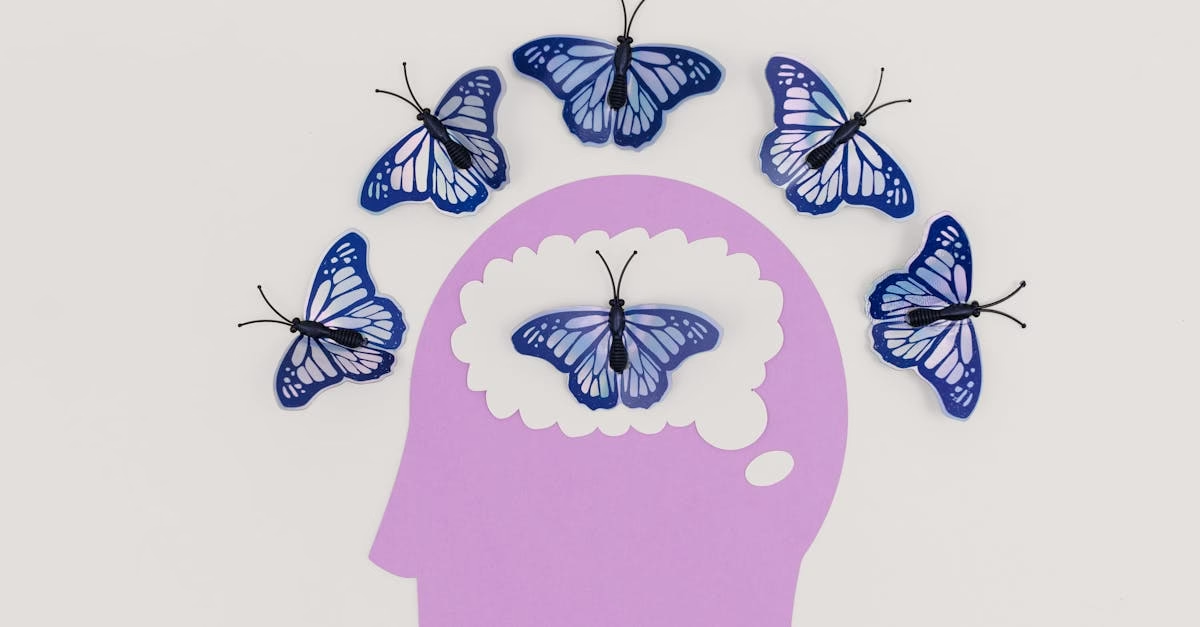Ever wondered what makes an AI agent think, learn, and act on its own? Just like the human brain has different parts working together, AI agents also have special components that give them power and intelligence.
Background
AI agents are more than just computer programs. They are smart systems that can sense their surroundings, make decisions, learn from experience, and perform actions to achieve goals. These agents are built with a structured architecture that includes different components working like a team. Each part plays a specific role—from collecting data and focusing on important signals to making decisions, storing memory, and taking action. Understanding these components helps us learn how AI behaves like a smart digital assistant, a robot, or even a self-driving car. These systems are inspired by the human mind and built using AI tools, machine learning models, and sensors. By learning the structure of AI agents, you can build your own intelligent systems and explore how machines solve real-world problems independently.
List of 7 Components of AI Agents
- Perception Module
- Attention Module
- Memory Module
- Reasoning Engine
- Planning Module
- Learning Module
- Action Executor
1. Perception Module
What is this Component?
The perception module allows an AI agent to sense the world around it. It collects raw data from the environment using sensors like cameras, microphones, or temperature detectors. Just like your eyes and ears help you see and hear, this module helps AI agents understand what’s happening around them. It turns visual, audio, or sensor signals into digital information the agent can understand.
- Converts signals like images or sounds into useful data
- Acts as the “eyes and ears” of the agent
- First step in any intelligent response from the agent
How it Works
The module uses data processing algorithms to clean and translate input. For example, if a robot sees an object, the perception module processes the image, detects shapes, and identifies objects. It may use computer vision for sight or automatic speech recognition for listening. This component gives the AI agent awareness of its surroundings.
- Uses image recognition to detect objects
- Translates sound into words for understanding speech
- Works continuously in real-time to update the agent’s view
Tools & Ecosystem
- OpenCV and YOLO for computer vision
- Whisper and DeepSpeech for audio and speech input
- ROS (Robot Operating System) to handle sensor input in robots
2. Attention Module
What is this Component?
The attention module helps the AI agent focus on the most important parts of the input data. In a room full of people talking, it helps the agent listen to just one voice. It filters out less relevant data and highlights what’s important for the current goal or task.
- Focuses on relevant signals and ignores noise
- Improves accuracy and reduces processing load
- Guides the reasoning and decision processes
How it Works
This module scores each piece of input data and decides what to focus on. In language models, it uses attention mechanisms to weigh which words matter most. In vision systems, it selects areas in an image to analyze further. It acts like a spotlight, guiding the rest of the system.
- Assigns weights to parts of the data using algorithms
- Updates focus as the situation changes
- Helps agents quickly identify key patterns
Tools & Ecosystem
- Transformer models like BERT and GPT use attention layers
- Vision Transformers (ViT) for image attention
- Hugging Face Transformers for natural language processing tasks
3. Memory Module
What is this Component?
The memory module allows the AI agent to store and recall information. It helps the agent remember past actions, user preferences, or important facts. Like your brain remembers yesterday’s lesson, AI agents use memory to improve performance and keep track of past interactions.
- Stores short-term and long-term information
- Supports learning from experience
- Enables context-aware responses
How it Works
Memory works by saving useful data in databases or temporary buffers. Some systems use vector embeddings to represent and retrieve similar content. The memory module can recall previous inputs, actions, or environmental states and use them in future decisions.
- Maintains conversation history or task progress
- Retrieves data based on similarity or relevance
- Adapts to changing inputs using memory updates
Tools & Ecosystem
- Vector databases like FAISS and Pinecone
- LangChain memory modules
- Knowledge graphs for structured long-term memory
4. Reasoning Engine
What is this Component?
The reasoning engine allows the AI agent to think logically. It connects different pieces of information to draw conclusions, make inferences, or find solutions. It’s like solving a puzzle using clues. Without reasoning, an agent can only follow direct instructions.
- Connects facts and data to reach conclusions
- Solves problems using logic and rules
- Handles incomplete or uncertain information
How it Works
The engine applies logic rules, symbolic representations, or probabilistic methods to find answers. It may use if-then rules or combine neural and symbolic reasoning. For example, it can infer “if it’s raining, then take an umbrella.”
- Uses rule-based or probabilistic models
- Works with knowledge bases and ontologies
- Can simulate “what if” scenarios
Tools & Ecosystem
- Prolog and Drools for symbolic reasoning
- Logic-based modules in AutoGPT and BabyAGI
- Neuro-symbolic systems that mix reasoning and learning
5. Planning Module
What is this Component?
The planning module helps the agent think ahead and organize steps to reach a goal. It breaks down tasks into smaller steps, sequences them properly, and creates a roadmap for action. Just like you plan your day, an AI agent plans its operations.
- Turns goals into actionable steps
- Adjusts plans when situations change
- Enables multitasking and time management
How it Works
Planning algorithms consider the current state, the goal, and all possible actions. The module selects the best sequence of actions that lead to success. If an obstacle appears, the plan is updated. Some planners use timelines, maps, or decision trees.
- Uses search and optimization techniques
- Can plan alone or with other agents
- Monitors progress and revises plans as needed
Tools & Ecosystem
- PDDL (Planning Domain Definition Language) for task planning
- LangGraph and CrewAI for multi-agent planning
- Hierarchical Task Networks (HTNs) for breaking down tasks
6. Learning Module
What is this Component?
The learning module allows the AI agent to get smarter over time. It learns from data, feedback, and experience. This helps the agent improve performance, make fewer mistakes, and adapt to new situations.
- Learns patterns and behavior from examples
- Improves accuracy with more experience
- Reduces the need for constant reprogramming
How it Works
This module uses machine learning and deep learning to train on data. It identifies patterns and builds models that make predictions or decisions. The more the agent interacts, the better it becomes. Learning can be supervised, unsupervised, or based on rewards.
- Trains models using labeled or unlabeled data
- Continuously updates based on feedback
- Balances exploration and exploitation in reinforcement learning
Tools & Ecosystem
- TensorFlow and PyTorch for model training
- OpenAI Gym and Stable Baselines3 for reinforcement learning
- Hugging Face Transformers and AutoML platforms
7. Action Executor
What is this Component?
The action executor carries out the final step—performing the chosen action. It could be a robot arm moving, a drone taking off, or a chatbot replying to a user. This is where the plan becomes reality.
- Sends instructions to motors, APIs, or outputs
- Acts based on decisions from the planning module
- Provides feedback for learning and memory updates
How it Works
The executor takes commands and sends them to hardware or software systems. It uses APIs for digital actions or control systems for physical ones. It also checks if the action worked and sends feedback to improve future responses.
- Converts decisions into executable commands
- Interfaces with hardware or software environments
- Monitors results and reports back to the system
Tools & Ecosystem
- ROS for physical robot execution
- API systems in web-based agents
- LangChain and AutoGen for digital task automation
Conclusion
Understanding the structure and components of AI agents helps us see how machines can think, learn, and act like intelligent beings. Just like a human brain has different parts for sensing, remembering, deciding, and acting, an AI agent also needs specialized components to work smoothly. Each module—like perception, attention, memory, reasoning, planning, learning, and action execution—plays an important role in making the agent smart and independent. When these components work together, the AI agent can interact with its environment, solve problems, and achieve goals without human help. These systems are built using modern tools, programming libraries, and powerful algorithms that bring all the pieces together. By learning how each part functions, young technology enthusiasts can start designing their own AI agents and take the first step toward building the next generation of intelligent machines. This knowledge forms the foundation of robotics, smart assistants, autonomous vehicles, and future AI breakthroughs.




